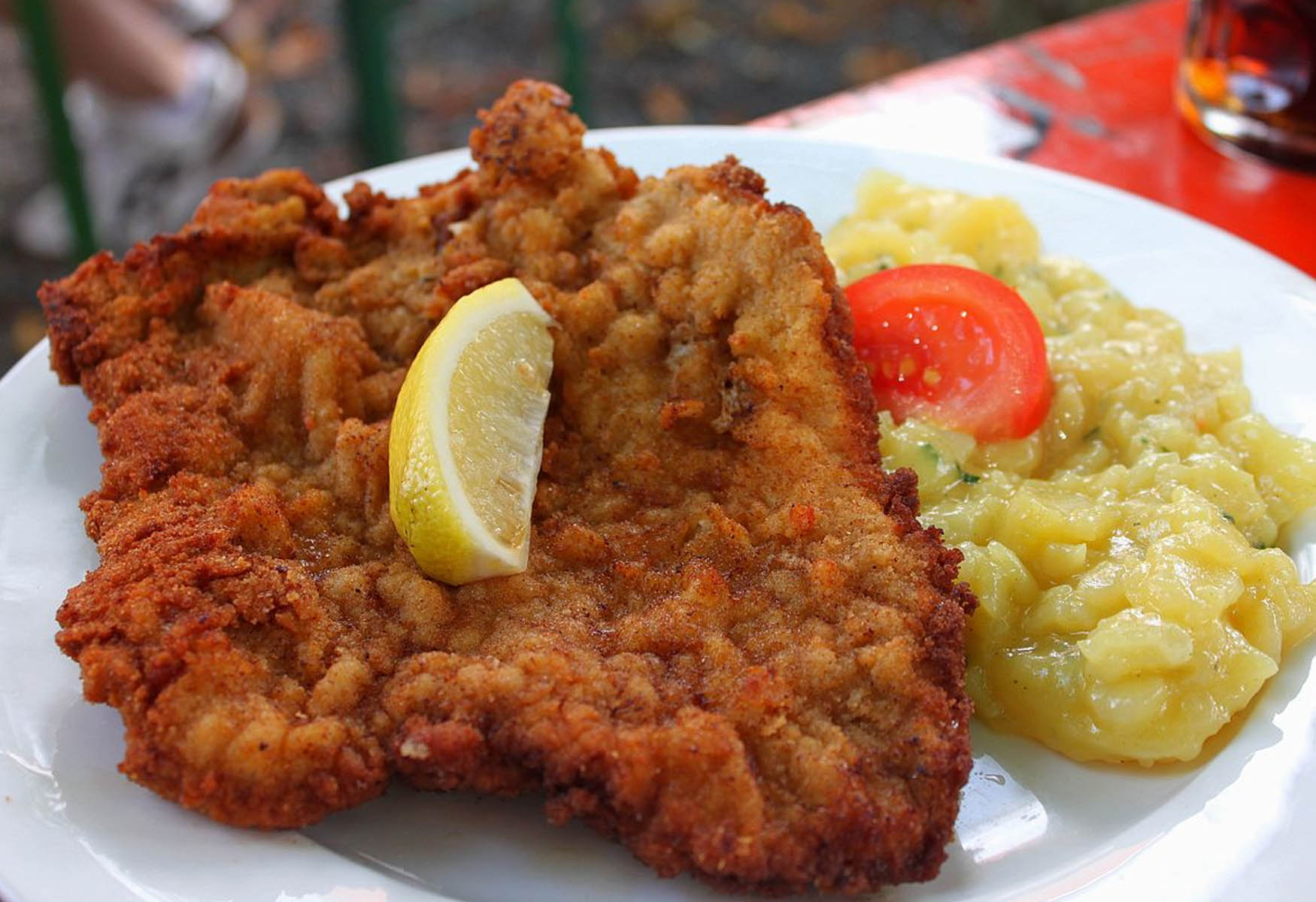
Welcome to a delicious exploration of the nutritional facts of schnitzel! Schnitzel is a popular dish beloved by many around the world. Originating from Austria, this breaded and fried meat cutlet has found its way into the hearts and stomachs of food enthusiasts everywhere.
In this article, we will dive deep into the nutrition facts of schnitzel, uncovering its caloric content, macronutrients, and other key nutritional information. Whether you are curious about the calorie count, the protein content, or the potential health benefits or concerns, we have got you covered.
So, if you are a schnitzel lover or just curious about the nutritional value of this delectable dish, let’s dig in and discover the secrets behind 11 schnitzel nutrition facts!
Key Takeaways:
- Schnitzel is a protein-packed dish with around 500 calories per serving. It’s a good source of iron, zinc, and vitamin B12, but watch out for the high sodium content.
- Schnitzel comes in different meat options and can be prepared in various ways. It’s a traditional dish from Austria, often served with mashed potatoes or salad.
Schnitzel Calories
A serving of schnitzel contains approximately 500 calories.
Schnitzel Protein
Schnitzel is a good source of protein, with about 30 grams per serving.
Schnitzel Fat Content
One schnitzel serving has around 20 grams of fat.
Schnitzel Carbohydrates
There are about 20 grams of carbohydrates in a serving of schnitzel.
Schnitzel Sodium
Schnitzel can be high in sodium, with around 800 milligrams per serving.
Schnitzel Vitamins and Minerals
Schnitzel is a good source of iron, zinc, and vitamin B12.
Schnitzel Gluten-Free Option
There are gluten-free versions of schnitzel available, made with alternative flours.
Schnitzel Different Meat Options
Schnitzel can be made using various meats, such as pork, chicken, or veal.
Schnitzel Traditional Dish
Schnitzel is a traditional dish that originated in Austria and has become popular worldwide.
Schnitzel Popular Accompaniments
Schnitzel is often served with side dishes like mashed potatoes, salad, or sauerkraut.
Schnitzel Preparation Methods
Schnitzel can be fried, baked, or air-fried, providing options for different dietary preferences.
Conclusion
In conclusion, schnitzel is a savory and delicious dish that can be enjoyed in various ways. Whether you prefer pork, chicken, or veal, schnitzel offers a satisfying and flavorful meal option. It is important to note that while schnitzel can be quite tasty, it is also high in calories and should be consumed in moderation as part of a balanced diet. Additionally, be mindful of the cooking method and ingredients used to prepare schnitzel to ensure it remains a nutritious choice. So go ahead and indulge in a mouthwatering schnitzel, but remember to enjoy it as part of a well-rounded and wholesome eating plan.
FAQs
1. Is schnitzel a healthy food option?
Schnitzel is a tasty treat but it’s important to remember that it is typically breaded and fried, which can increase its calorie and fat content. However, you can make healthier choices by opting for lean cuts of meat, using whole wheat breadcrumbs, and shallow frying instead of deep frying.
2. Can schnitzel be made with alternative meats?
Absolutely! While traditional schnitzel is made with pork, it can also be made with chicken or veal. This allows for a variety of options depending on your preferences and dietary restrictions.
3. Are there any vegetarian or vegan alternatives to schnitzel?
Yes, there are several options for vegetarians and vegans who want to enjoy the flavors and textures of schnitzel. Some popular alternatives include breaded and fried tofu, seitan, or even a plant-based protein substitute.
4. What are the best side dishes to serve with schnitzel?
Schnitzel pairs well with a variety of side dishes. Some popular choices include potato salad, steamed vegetables, coleslaw, or a fresh green salad. You can also serve it with a side of fries or mashed potatoes for a more filling meal.
5. Can schnitzel be reheated?
While schnitzel is best enjoyed freshly cooked, it can be reheated if necessary. It is recommended to reheat it in the oven at a low temperature to maintain its crispy texture. Avoid using the microwave, as it can make the schnitzel soggy.
Was this page helpful?
Our commitment to delivering trustworthy and engaging content is at the heart of what we do. Each fact on our site is contributed by real users like you, bringing a wealth of diverse insights and information. To ensure the highest standards of accuracy and reliability, our dedicated editors meticulously review each submission. This process guarantees that the facts we share are not only fascinating but also credible. Trust in our commitment to quality and authenticity as you explore and learn with us.


